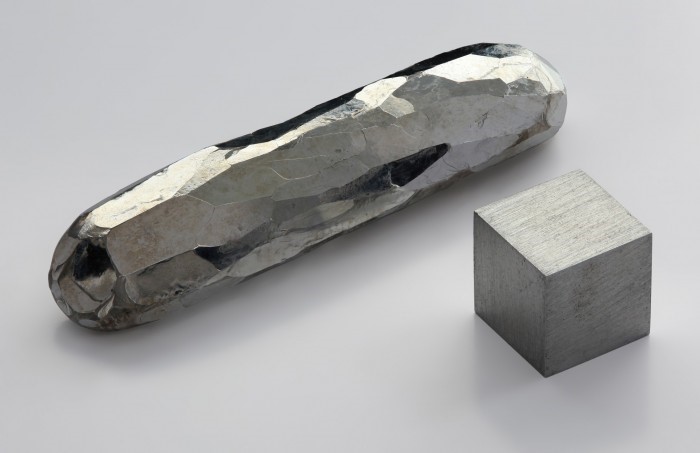Free Courses Sale ends Soon, Get It Now


Free Courses Sale ends Soon, Get It Now



Disclaimer: Copyright infringement not intended.
Context
Details
Properties of Tantalum
Uses and Applications
Mining and Supply
Challenges and Concerns
Environmental Impact
Discovery and Name Origin
Significance of the Discovery
Conclusion
tantalum's unique combination of properties has made it indispensable in numerous industrial applications. Efforts to ensure responsible sourcing, mitigate environmental impacts, and address ethical concerns associated with its mining and trade are essential for the sustainable use of this valuable metal.
|
PRACTICE QUESTION Q. Discuss the significance of tantalum as a rare metal in industrial applications and its recent discovery in the Sutlej river sand in Punjab. Also, elucidate the challenges associated with the responsible mining and global supply chain of tantalum. (250 Words) |
© 2024 iasgyan. All right reserved